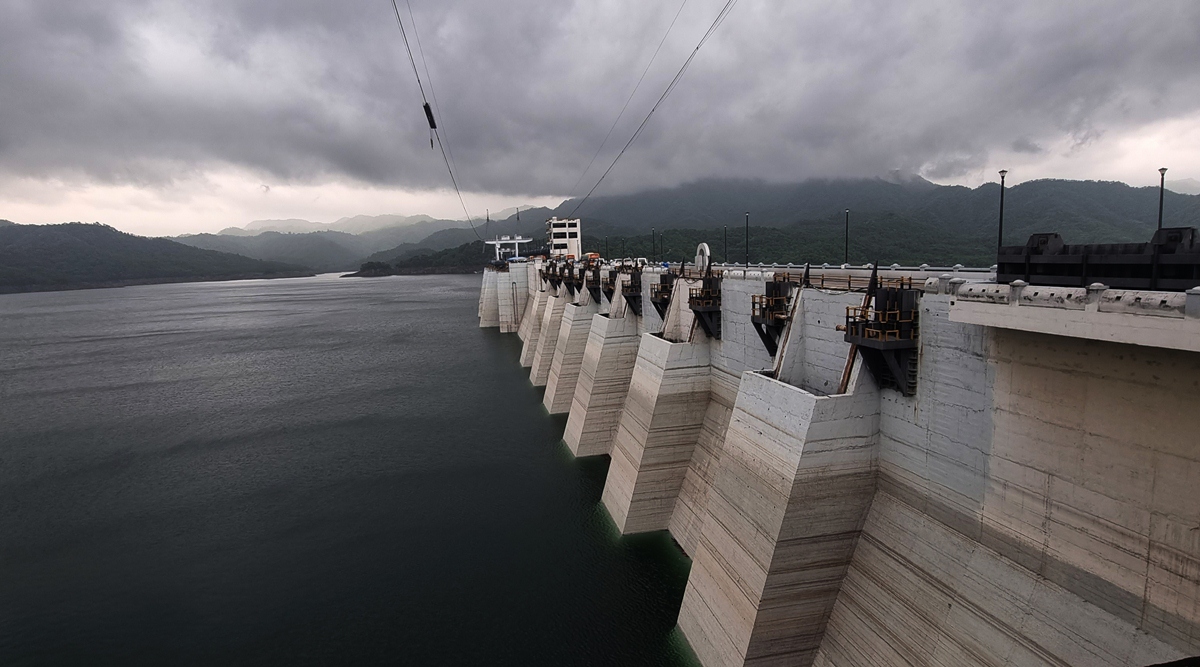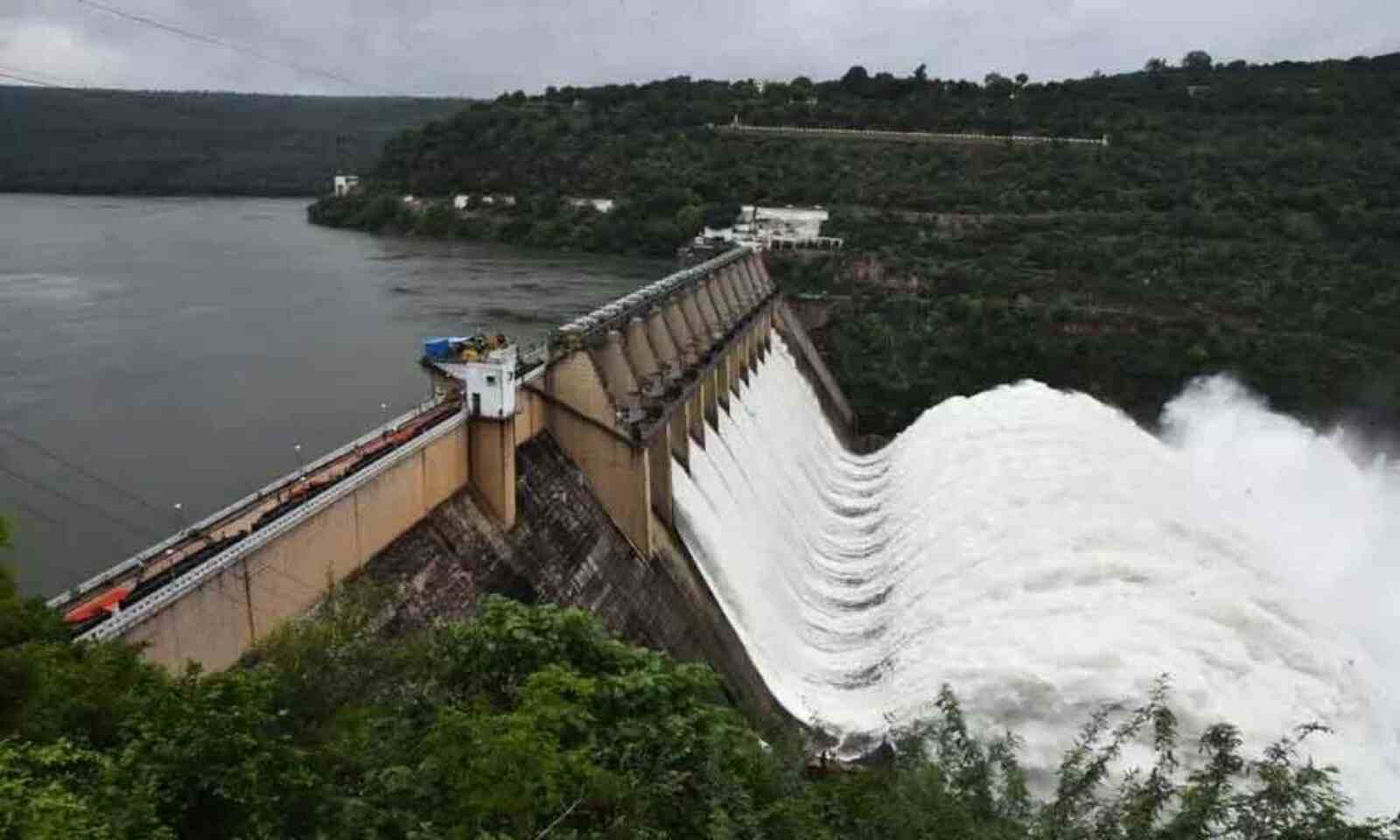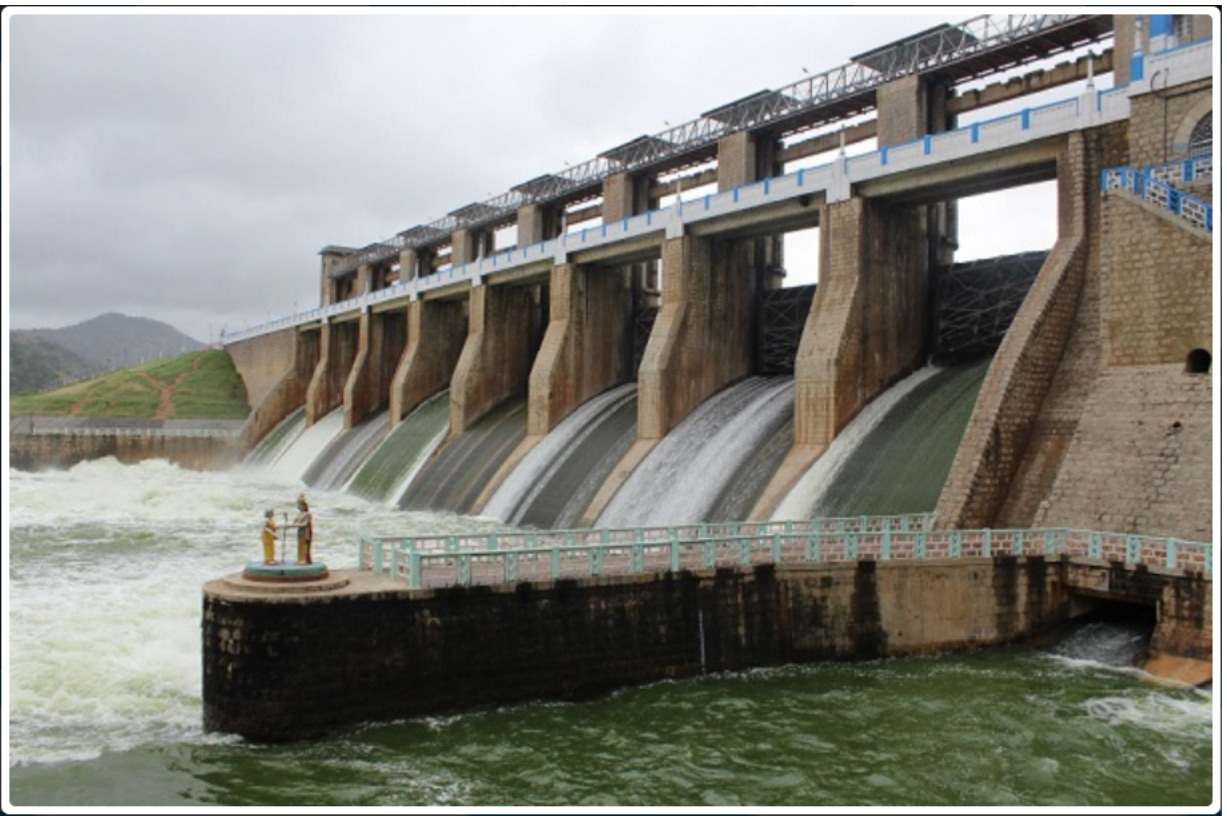Reservoir Water Levels Improve, Now Just 7% Down in 2023

Reservoir Water Levels Improve, Now Just 7% Down in 2023
The 40 southern reservoirs’ water levels are 26% lower than they were a year ago, while last week they were 37% lower.
From a deficit of 15% a week ago, monsoon rains in the south peninsula over the past two weeks have closed the total gap in water levels in significant reservoirs to only 7% below last year’s record on Thursday.
The water levels in the 40 reservoirs in the southern areas are 26% lower than last year, while last week they were 37% lower.
The Central Water Commission (CWC) reports that on Thursday, the water level in the nation’s 146 reservoirs was 99.84 billion cubic metres (bcm), or 56% of their total capacity. Before a week, this was at 48%.
The amount of water in these reservoirs was 107.34 cm a year ago and 88.66 cm on average during the previous 10 years. The CWC said that the puddle storage was 113% more than the average for the last ten years and 93% higher than the live storage from the previous year’s period.
According to the report, storage levels in the reservoirs of Himachal Pradesh, Punjab, Rajasthan, Jharkhand, Odisha, Nagaland, Bihar, Gujarat, Uttarakhand, Chhattisgarh, and Telangana are now better than they were a year ago.
Compared to the previous year, there is less water in the reservoirs of West Bengal, Tripura, Maharashtra, Uttar Pradesh, Andhra Pradesh, Telangana, Karnataka, Kerala, and Tamil Nadu. According to a CWC note, “the number of reservoirs having storage more than last year is 67, and the number of reservoirs having storage more than average in the last ten years is 92.”

Major dams in the eastern area have water levels that are 11% higher than last year’s level but just 3% lower than the level seen over the previous ten years, particularly in West Bengal, Bihar, Jharkhand, and Odisha. In these states, a sizable portion of the cropland is still supplied by rain.
Ten reservoirs in Himachal Pradesh, Punjab, and Rajasthan contain 27% more water than they had the year before and 23% more than the average for the previous ten years due to the north-western states’ excess rainfall.
The benchmark long-period average (LPA) for the whole monsoon season, up to Thursday, was 5% higher than typical, according to the India Meteorological Department (IMD).
The southern peninsula’s rainfall is 1% over LPA after being insufficient since the previous month. The criteria have been exceeded in India’s northwest and central areas by 26% and 15%, respectively.
Rainfall in the nation was 7% above average on August 1. It is deemed “normal” for rain to range from 96 to 104% of the LPA.

In 2023, reservoir water levels have significantly recovered, currently only 7% below the usual levels. This increase has been hailed as a crucial development, especially after water shortages in various parts of the world. Here’s a detailed look at the factors behind this improvement and the implications for agriculture, drinking water supply, and environmental sustainability.
The previous years have seen fluctuating reservoir levels due to climate change, human intervention, deforestation, and water mismanagement. The droughts, rising temperatures, and erratic rainfall patterns led to a continuous decrease in the reservoir water levels. However, the tide has turned in 2023, with levels improving and restoring optimism for various sectors that depend on consistent water supply.
Several regions experienced increased and well-distributed rainfall in 2023. This led to improved inflow into the reservoirs, particularly in drought-prone areas.
Governments and private organizations have put water conservation strategies in place, reducing wastage and increasing reservoir stocks.

Community-led efforts in water harvesting, the revival of local water bodies, and responsible usage also played a significant role in the increase of water levels.
Enforcement of strict regulations to prevent deforestation and promote sustainable practices in industries have minimized the negative impact on water catchment areas.
With improved water levels, farmers have better access to water for irrigation. It promises a boost in agricultural production and food security.
Urban and rural areas grappling with water scarcity are now witnessing relief as reservoir levels improve. It ensures a consistent supply of potable water.
Many reservoirs are tied to hydropower plants. Improving water levels will likely enhance energy production capabilities, contributing to greener energy solutions.
Healthy reservoirs support a vibrant ecosystem. The improvement in water levels will likely foster the growth of aquatic life and maintain the region’s ecological balance.
While the rise in reservoir water levels is undoubtedly a positive development, it is imperative to maintain this momentum. Continued emphasis on efficient water management, adherence to environmental regulations, and investment in water conservation technologies will be vital.
The challenges of climate change, population growth, and industrial demands persist. These must be addressed comprehensively to ensure that the gains of 2023 are not temporary.

Improving reservoir water levels in 2023 is a welcome development with wide-reaching implications for various sectors, including agriculture, drinking water supply, energy production, and ecological balance.
The concerted efforts of governments, communities, and organizations have paid off, but continued vigilance and responsible water management will be essential to sustaining these gains.
The situation in 2023 could mark a turning point, not just in terms of recovery but in how societies approach and value their water resources for the future.




